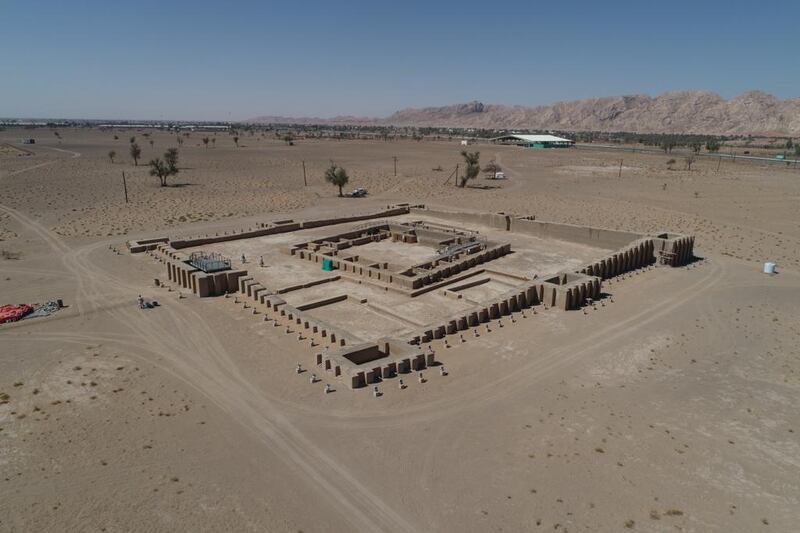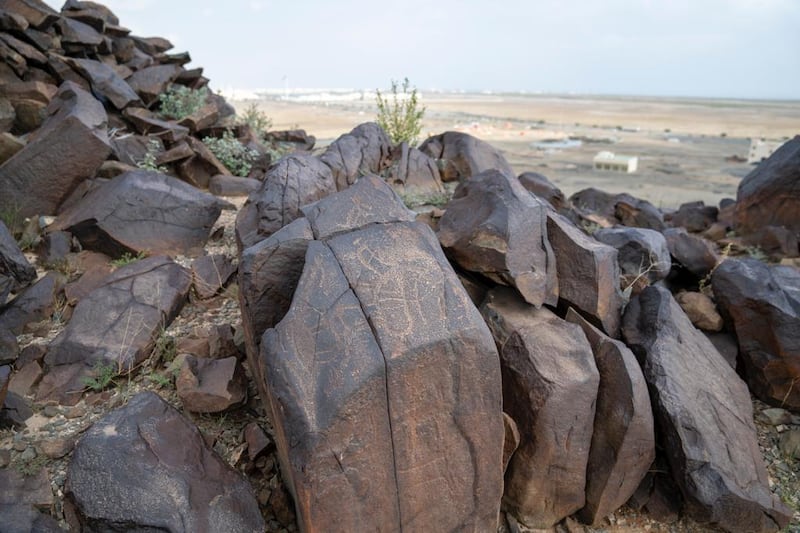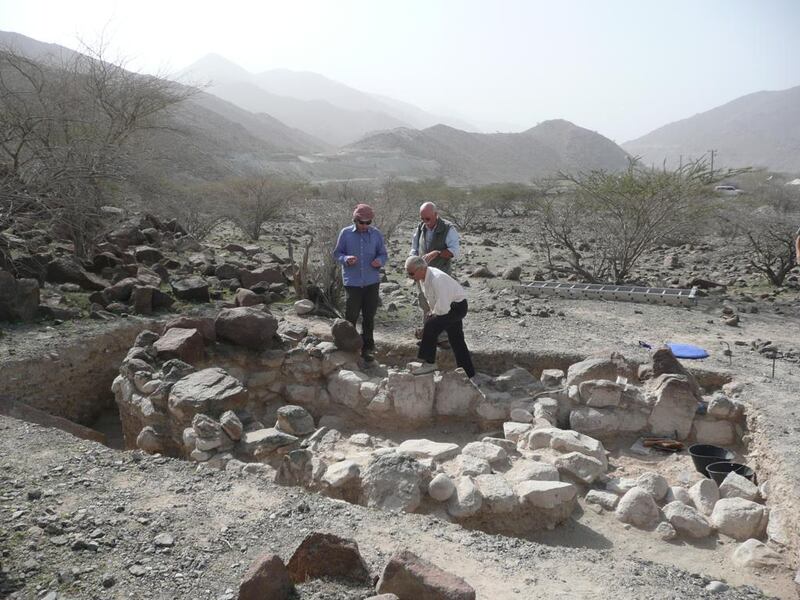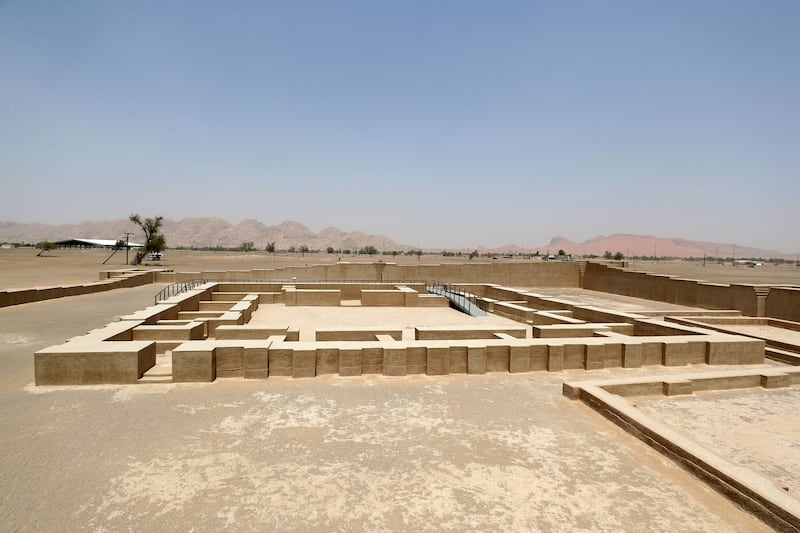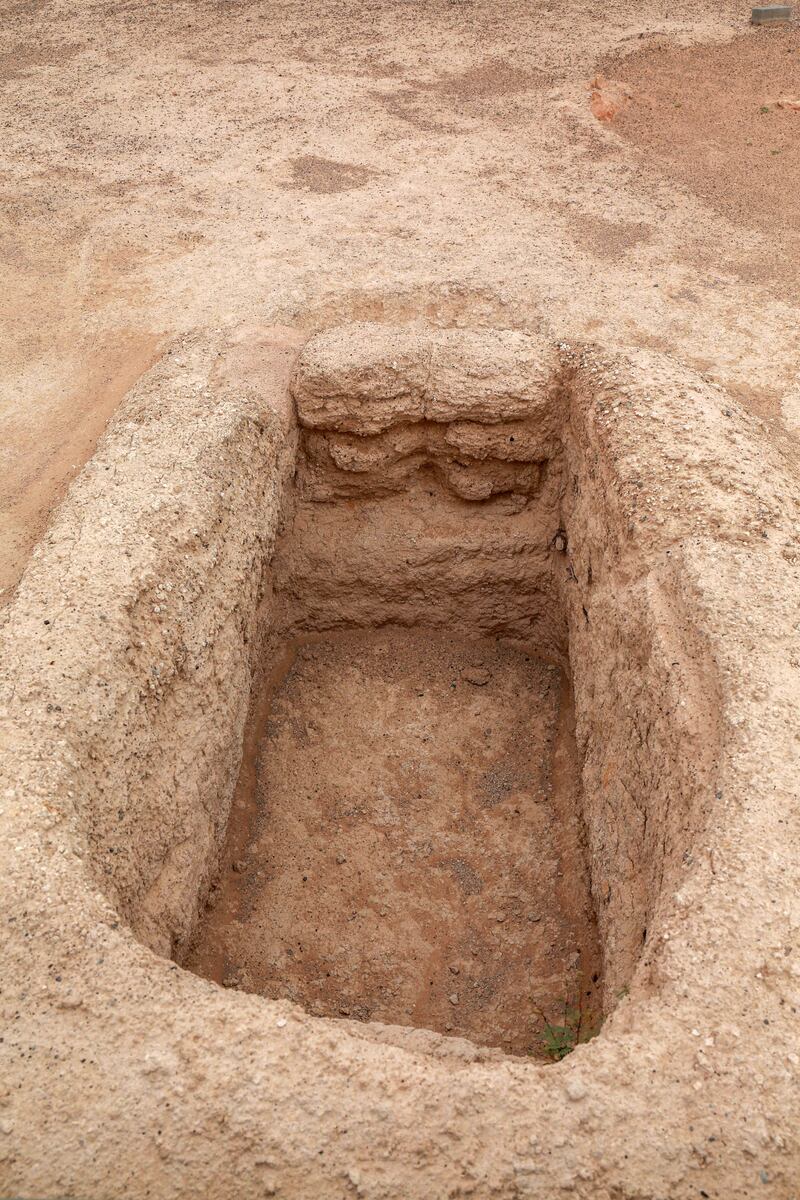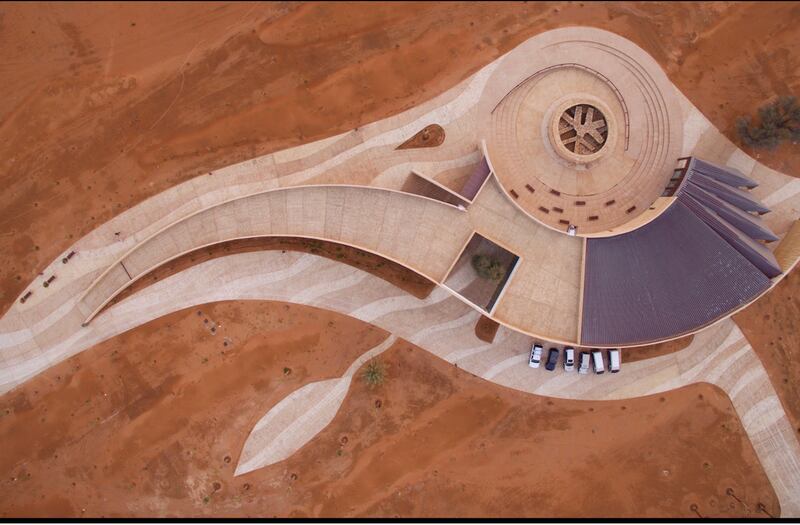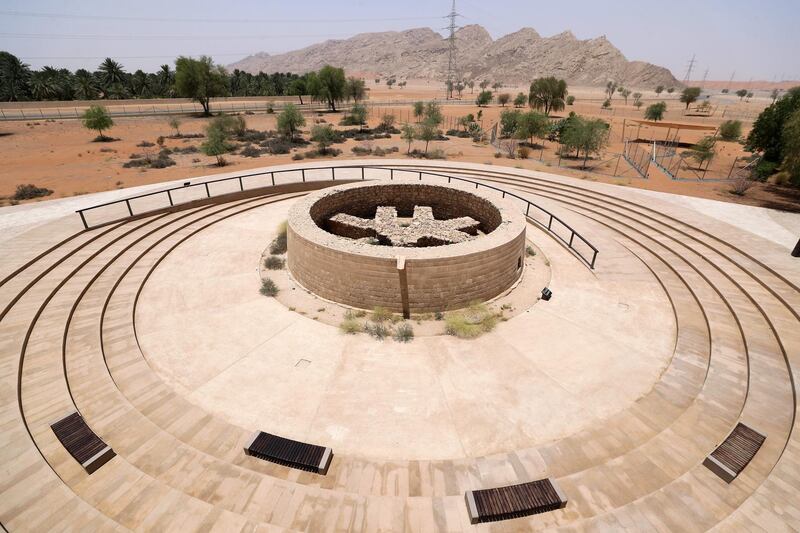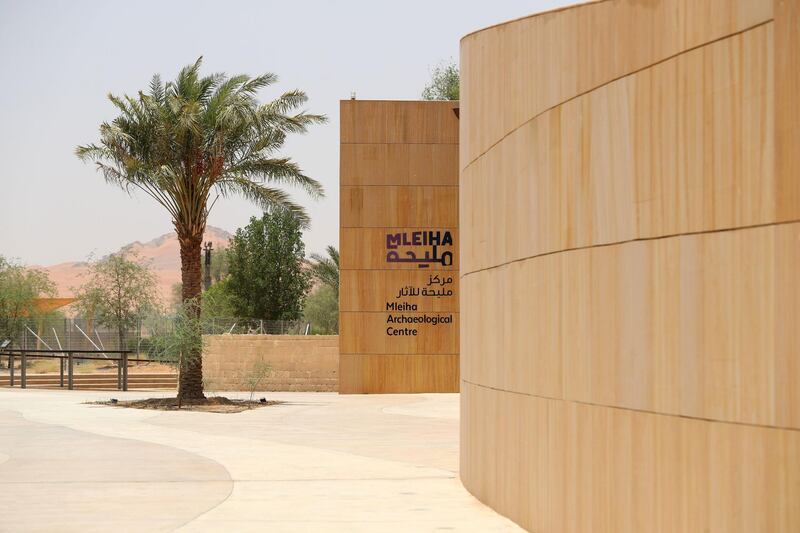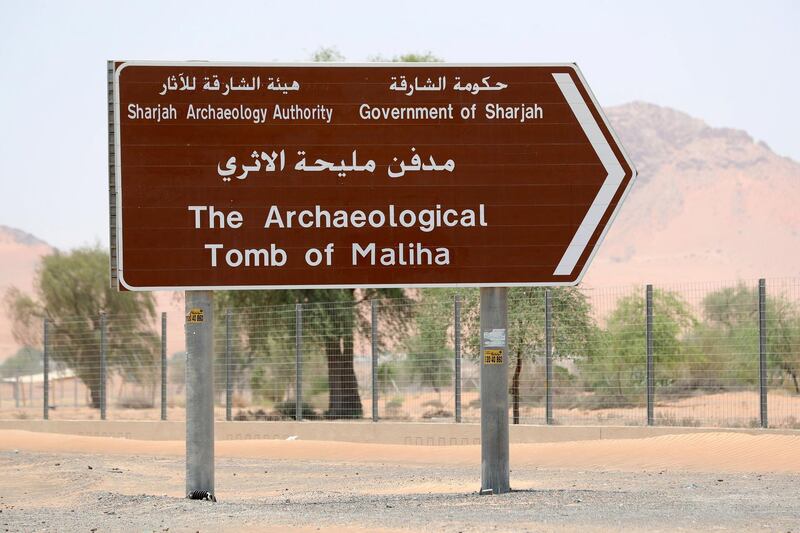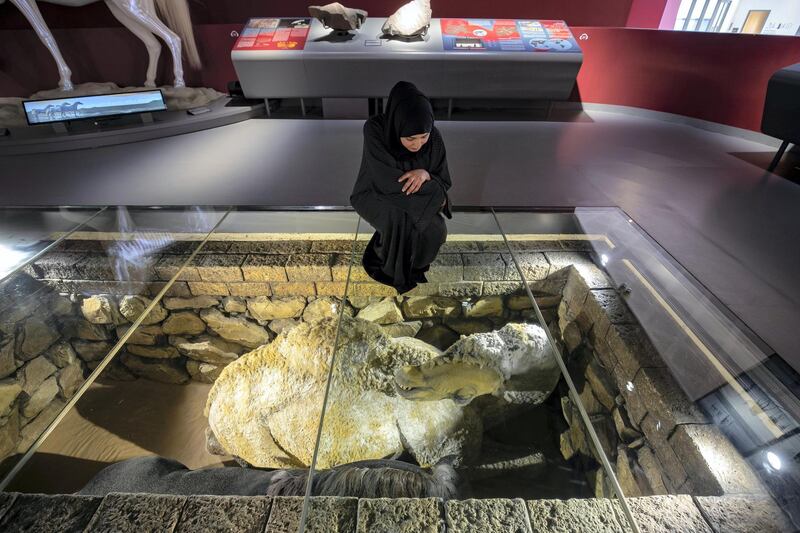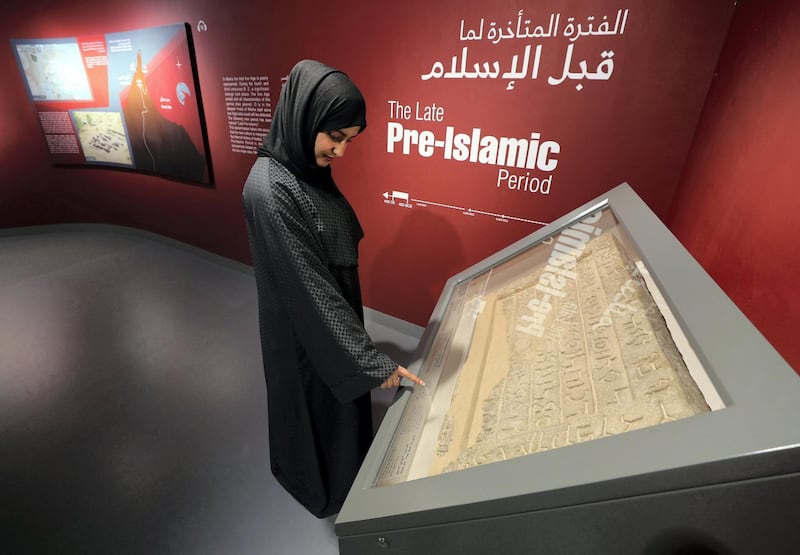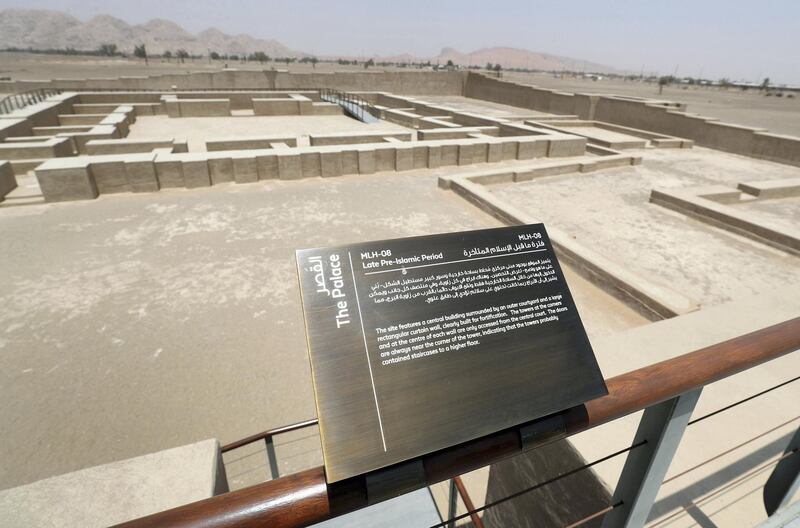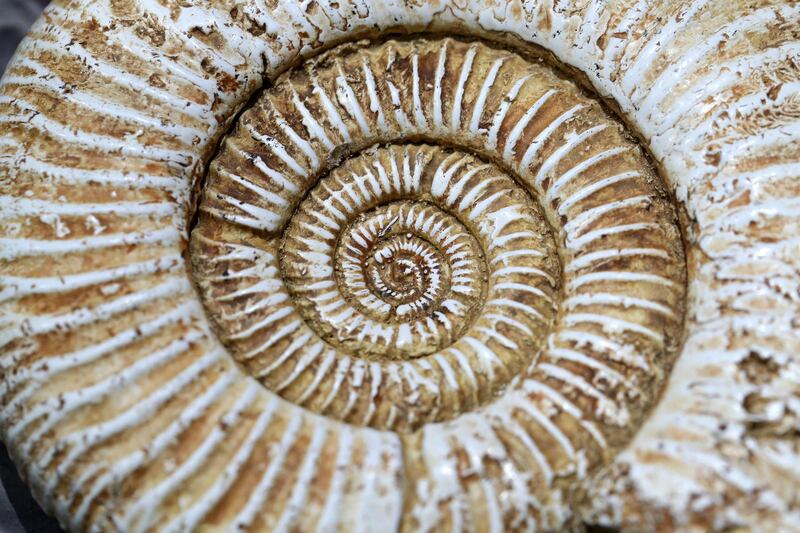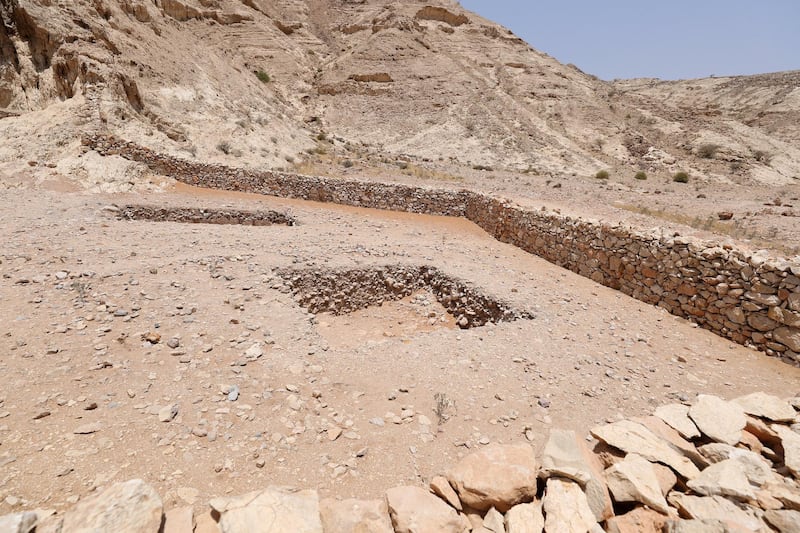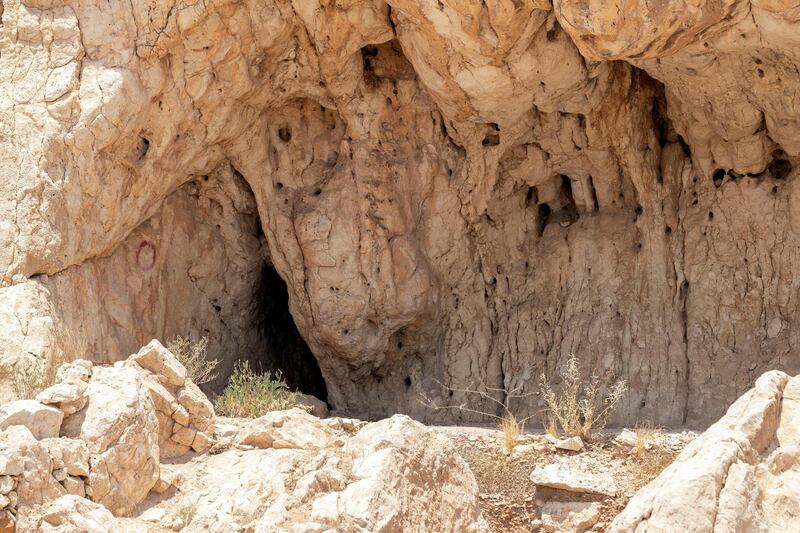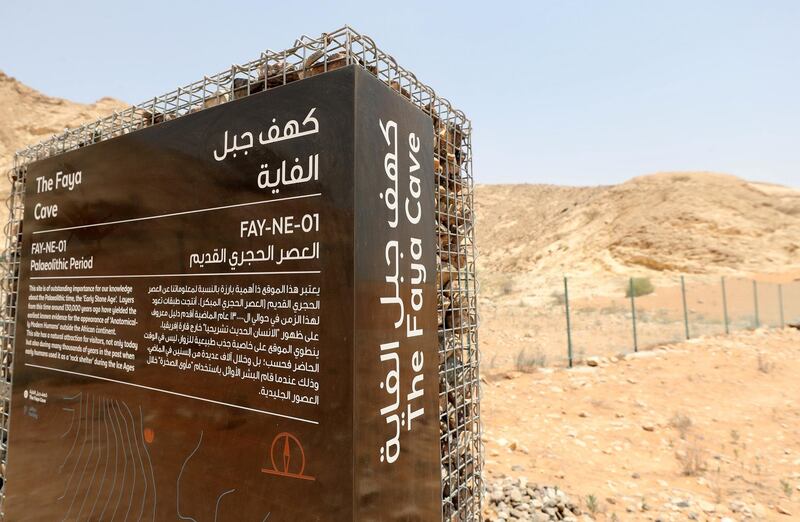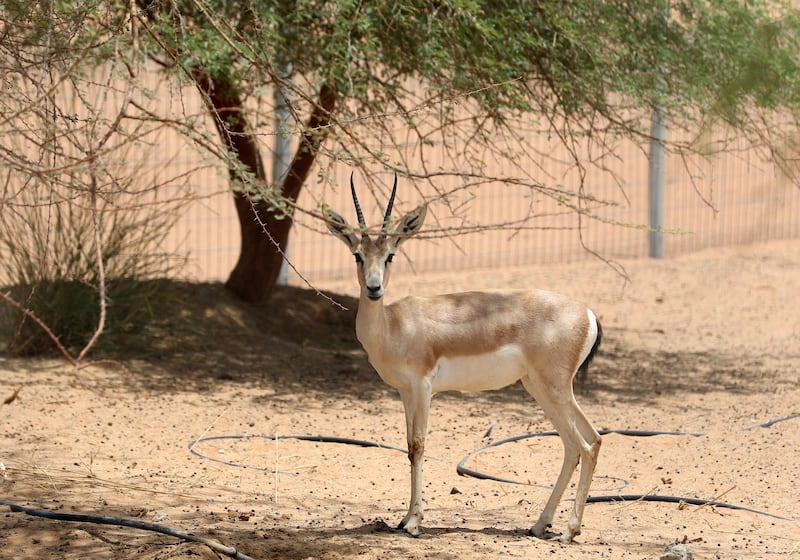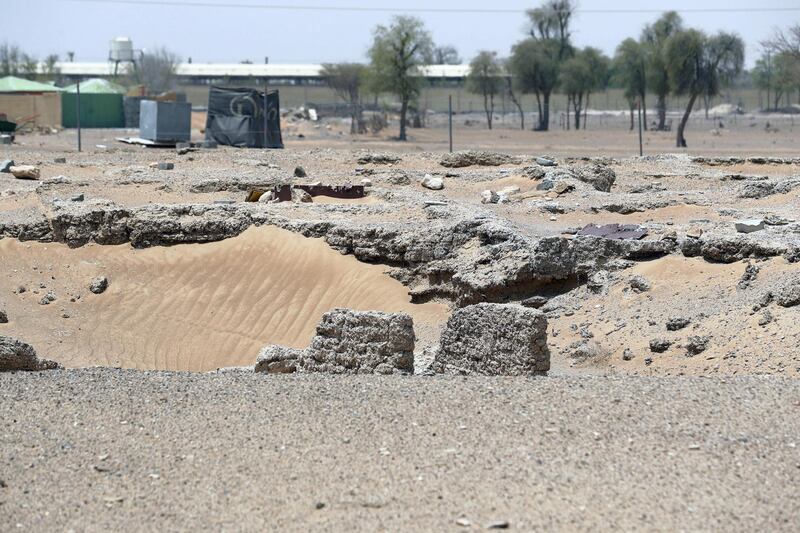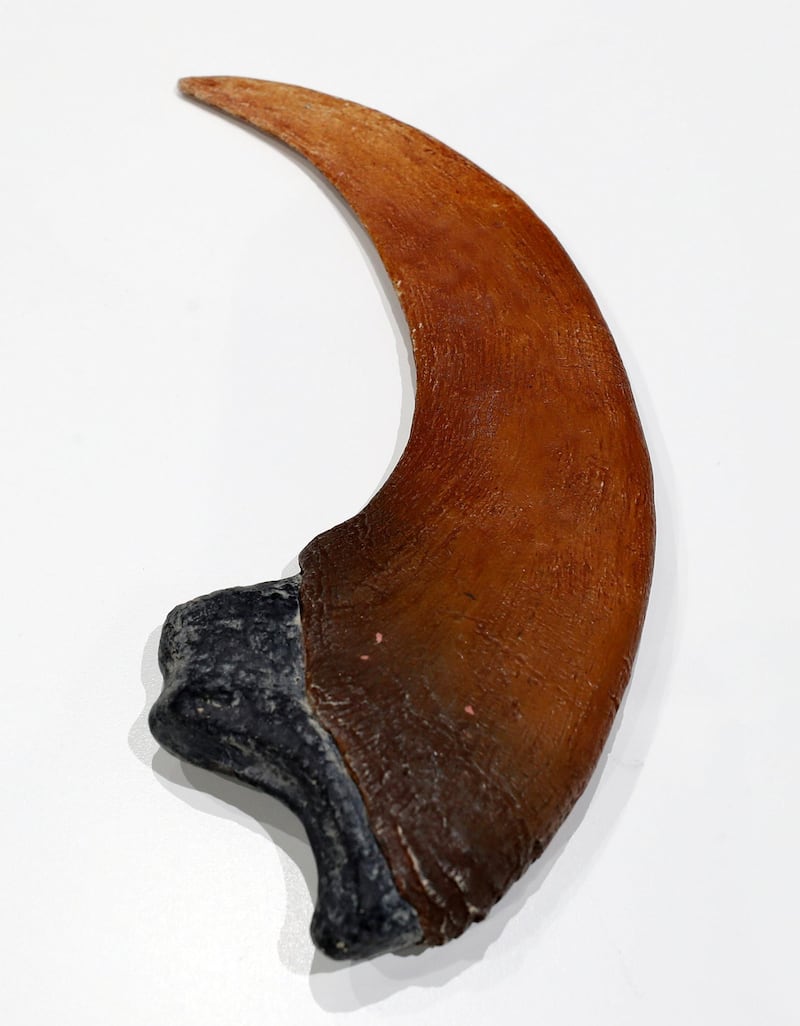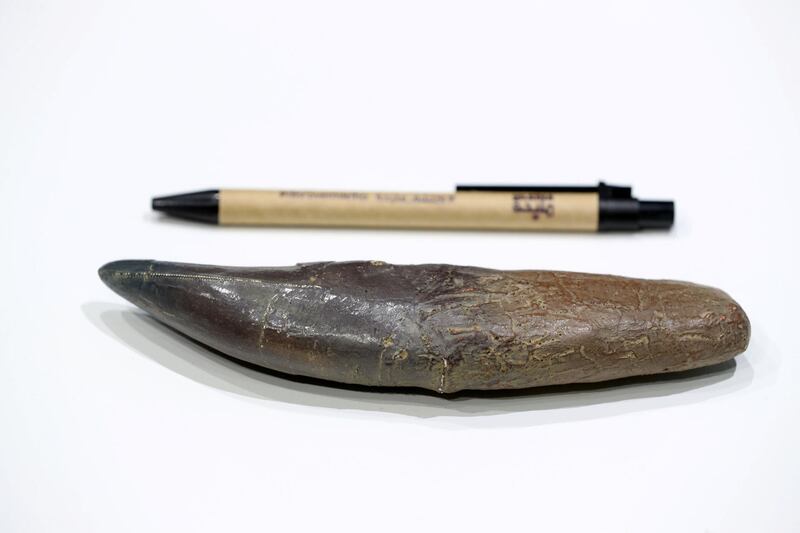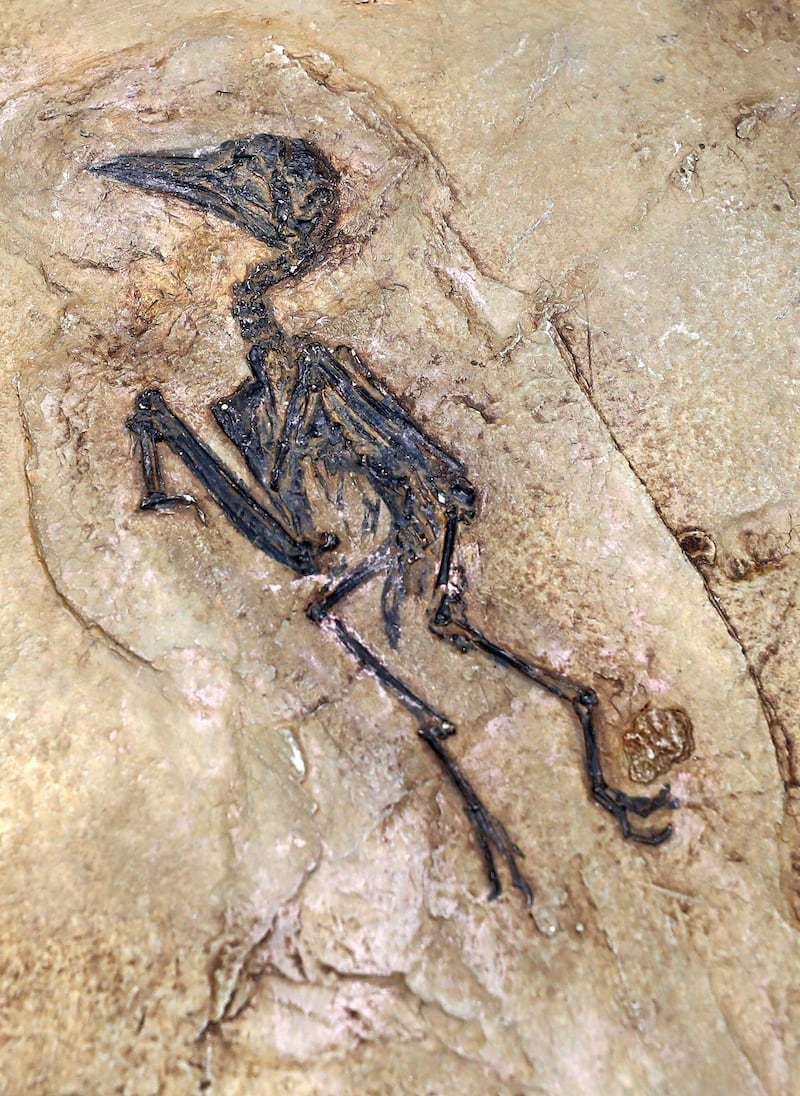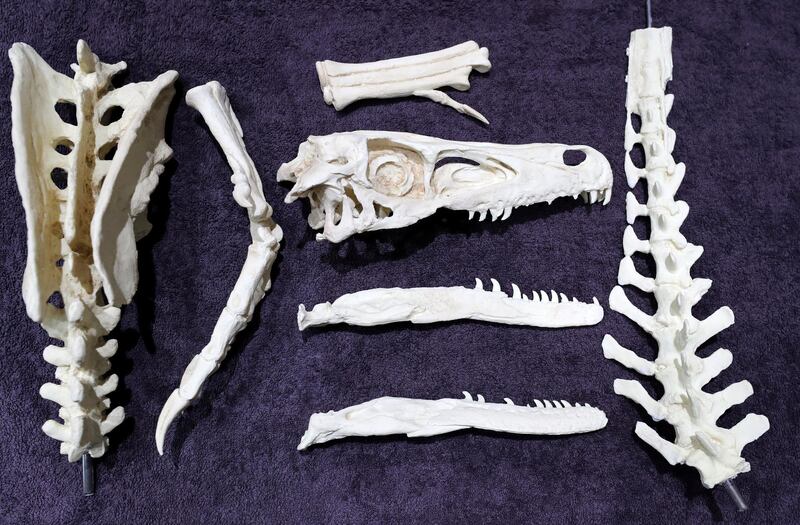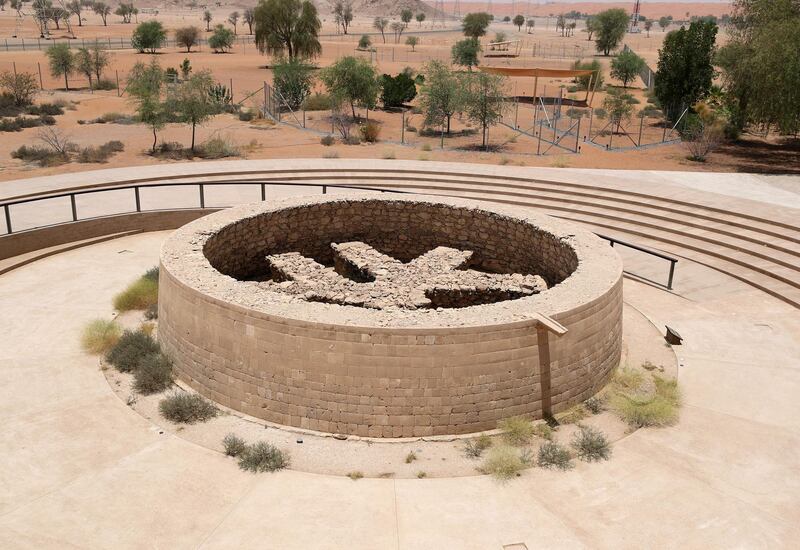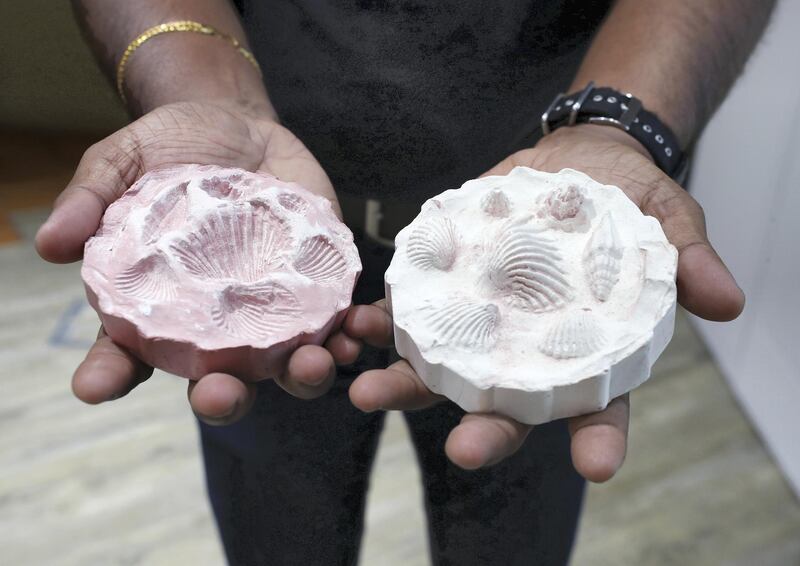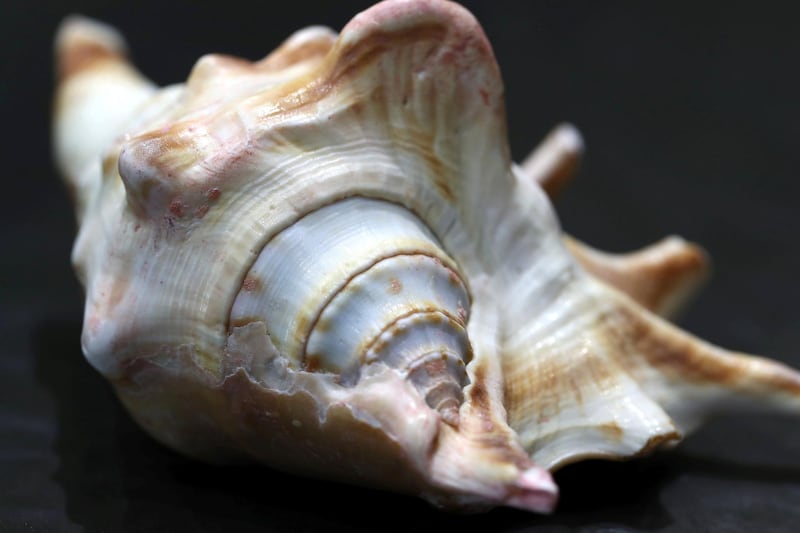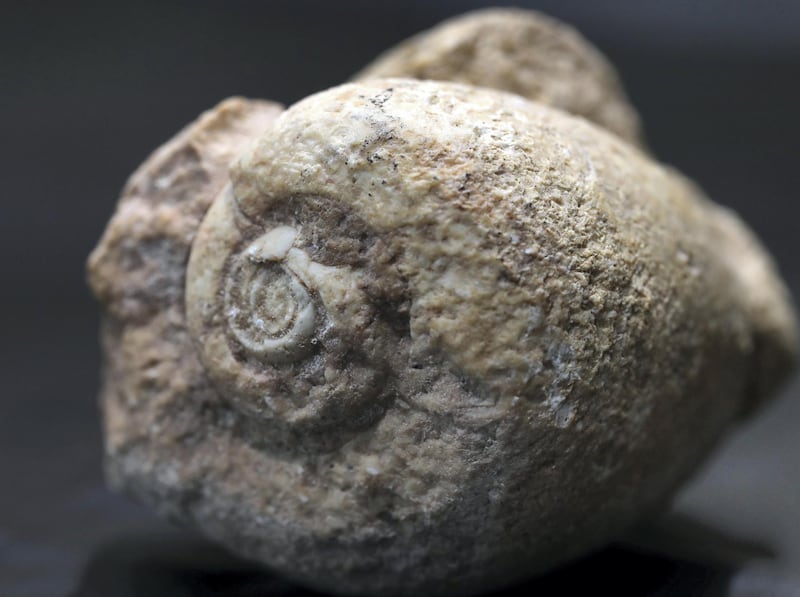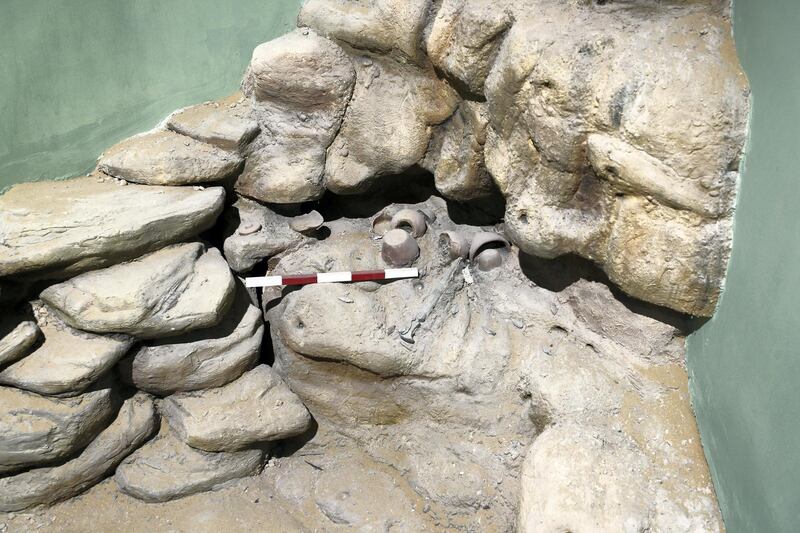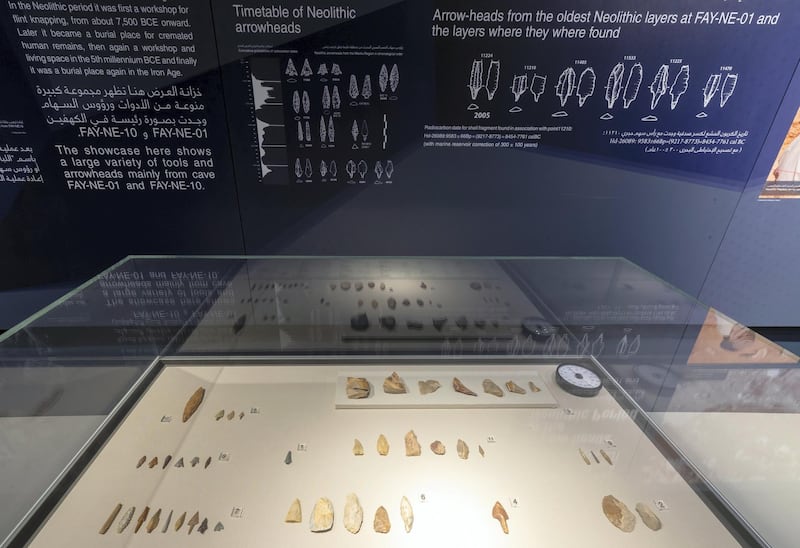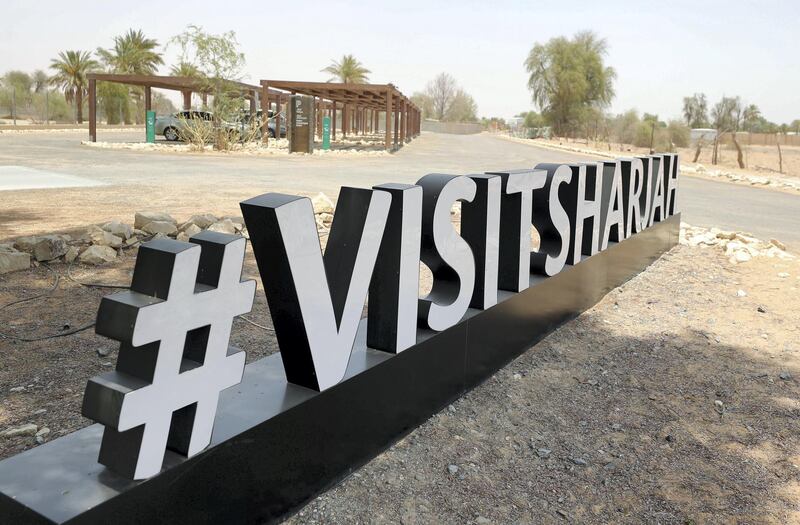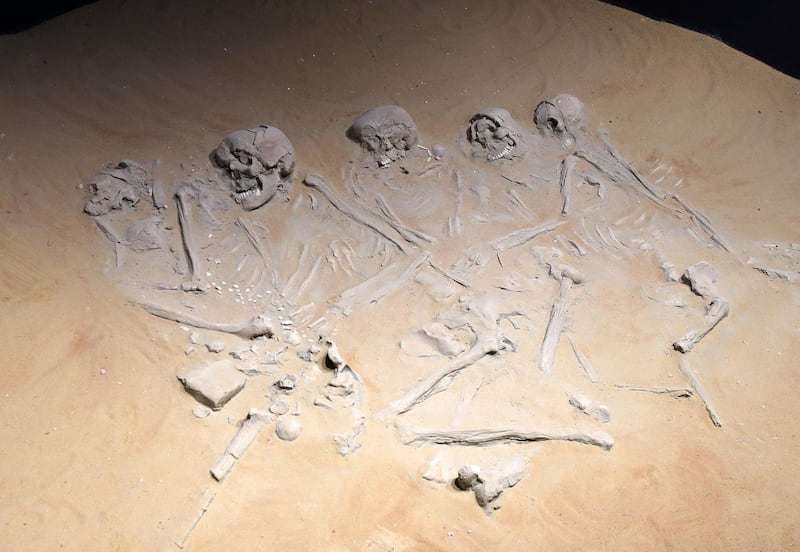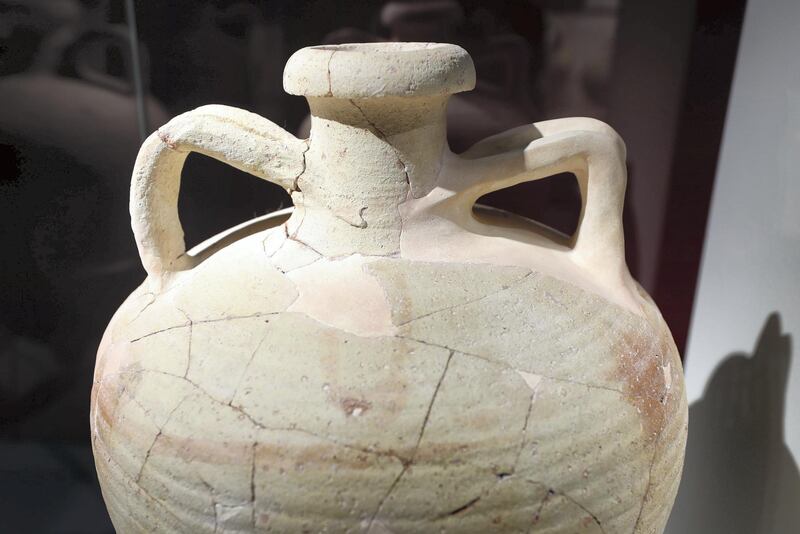Sharjah has secured four new entries on Unesco’s “tentative” world heritage list.
The sites underline the rich history of the emirate and show how human settlements have thrived there for millennia.
They are:
- the ancient trading town of Mleiha in central Sharjah;
- four areas where significant rock art has been found;
- a wadi that shows evidence of Bronze Age copper mining;
- the Faya area of central Sharjah, where human settlement dating to the stone age has been discovered.
Sharjah Archaeology Authority said the sites were added to the list in early February, state news agency Wam reported on Tuesday.
“The registration of these sites is the result of a series of studies conducted by the authority in collaboration with academic experts and specialists to assess their cultural value and archaeological importance at the global level, as these studies also dealt with historical value and state of preservation reports,” said Dr Sabah Jassim, the authority's director general.
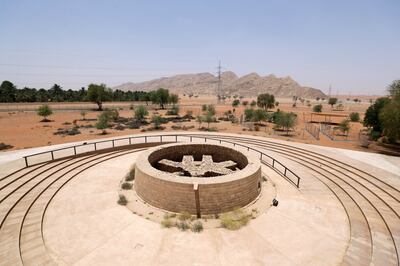
Pre-Islamic Mleiha
This area in central Sharjah is one of significant archaeological worth. It is home to Bronze Age tombs and pre-Islamic forts with a cultural impact extending from the third century BC to the third century AD, Wam reported.
The town was an important part of trade networks that connected the Indian Ocean and Mediterranean Sea across the Arabian Peninsula. It minted its own coins, while its rulers and merchants became rich. Evidence for this includes the discovery of funerary practices and funerary architecture and the graves of camels and horses, Wam said.
The rich history of Faya
Faya in central Sharjah shows evidence of human settlements dating back to the Stone Age. Located close to the Hajar Mountains, people took advantage of fresh water springs, while the caves and occupation sites provide evidence of human shelters, tools, life and burials.
“With the oldest archaeological layer dating back approximately 210,000 years to the Early Middle Palaeolithic period and the youngest to the Neolithic, about 5,000 years ago, the site illustrates several subsequent stages of human habitation,” Unesco said.
The sites show the evolution from hunter-gatherer to nomadic herders and underline how they exploited natural resources, extracted raw materials, collected water and hunted.
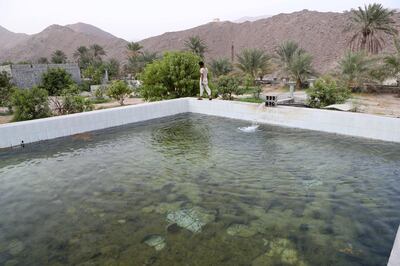
Wadi Helo: Copper mining in the Arabian Peninsula during Bronze Age
Wadi Al Helo (sweet wadi), was an important copper mining site during the transition from the Neolithic to the Bronze Age.
Evidence has been found for copper smelting and casting, while it is believed the copper ore deposits in the Hajar Mountains influenced the development of the Bronze Age in south-east Arabia.
Rock art
The art found on rocks in Sharjah has several motifs and engraving techniques spanning seven millennia. The most recent was just a few decades ago.
The four locations are on the emirate’s east coast: at Kalba and three areas of Khor Fakkan.
Images seen on the rocks include wild donkeys and goats, while later drawings show camels, horses and ships. Unesco said the presence of ship drawings “deep inside” the mountains underlines the importance of maritime activities in the region.
“The types of ships identifiable in the rock art of Sharjah, the so-called 'badan', single or double-masted maritime ships, are still very popular today,” Unesco said.
Further analysis will now be prepared for evaluation by Unesco.
The only Unesco World Heritage Sites in the UAE are in Abu Dhabi at Al Ain.
